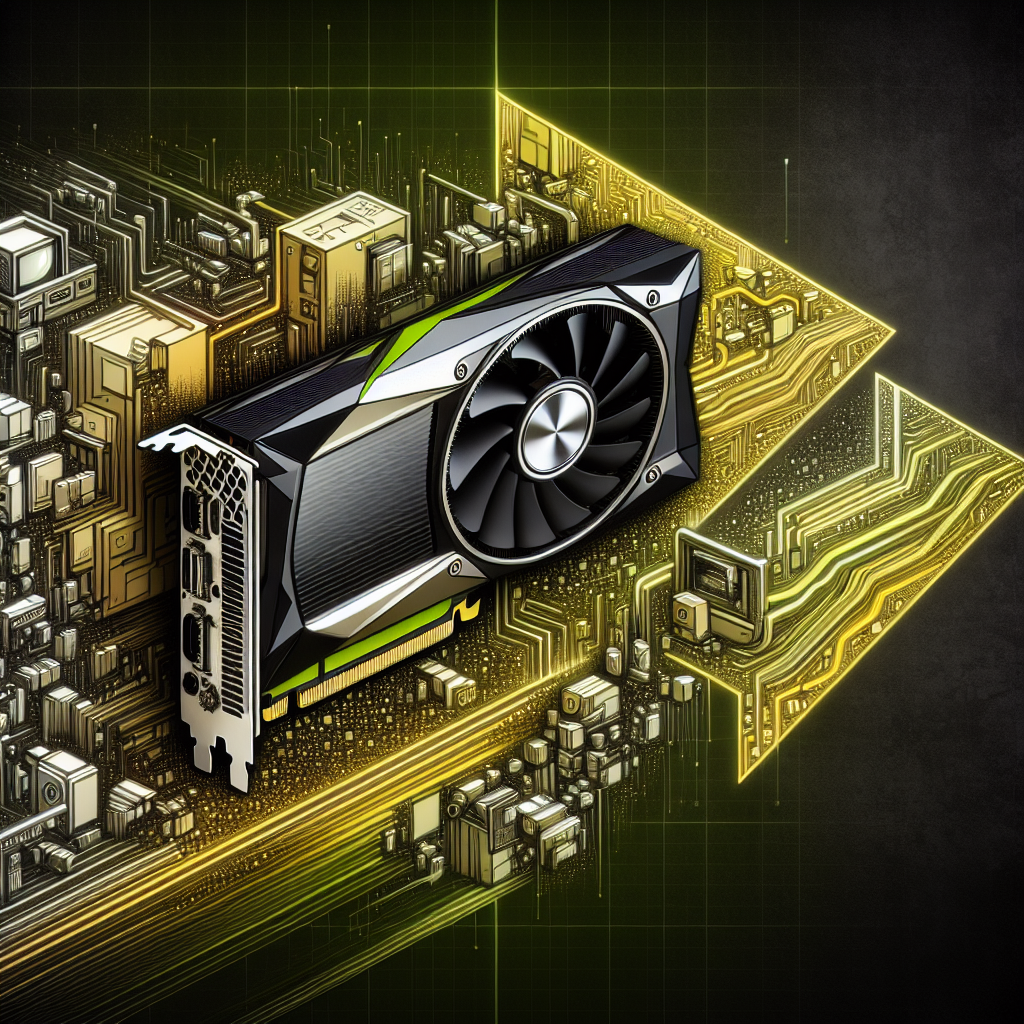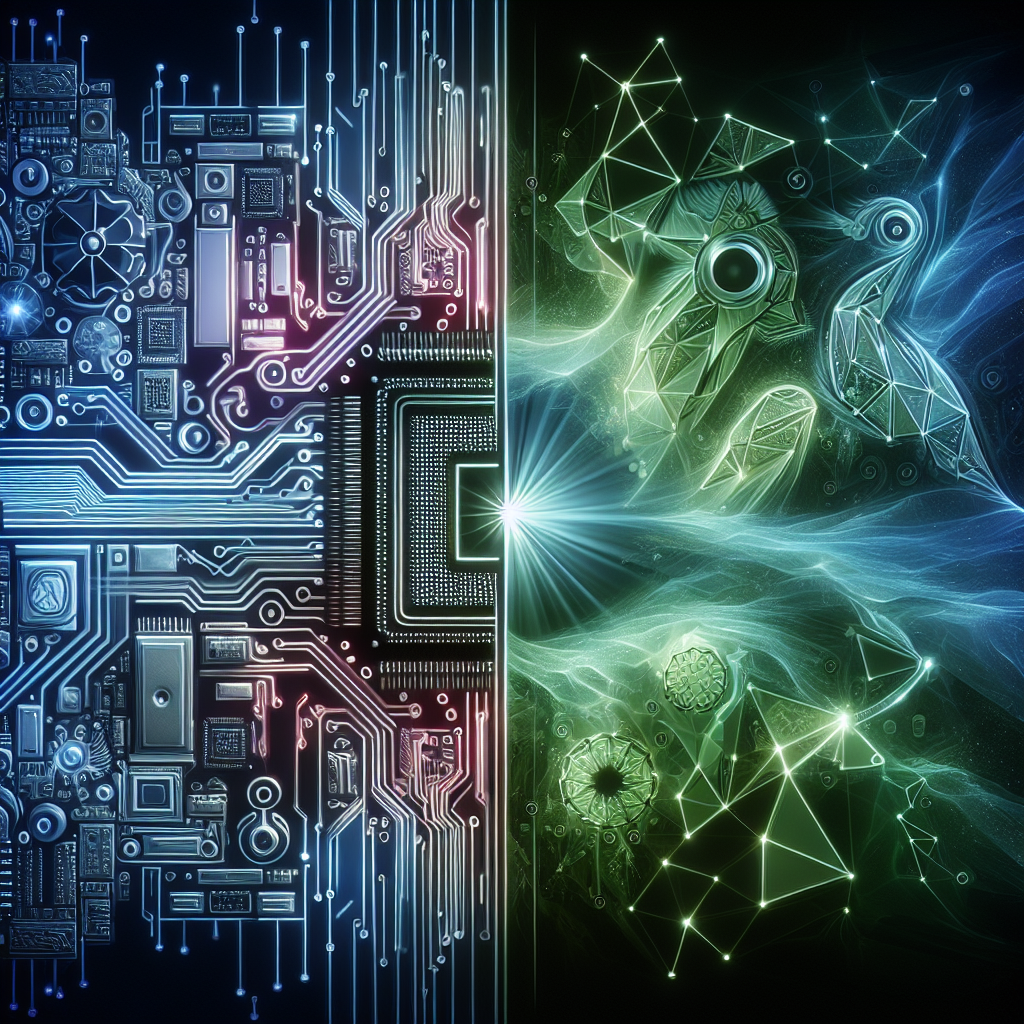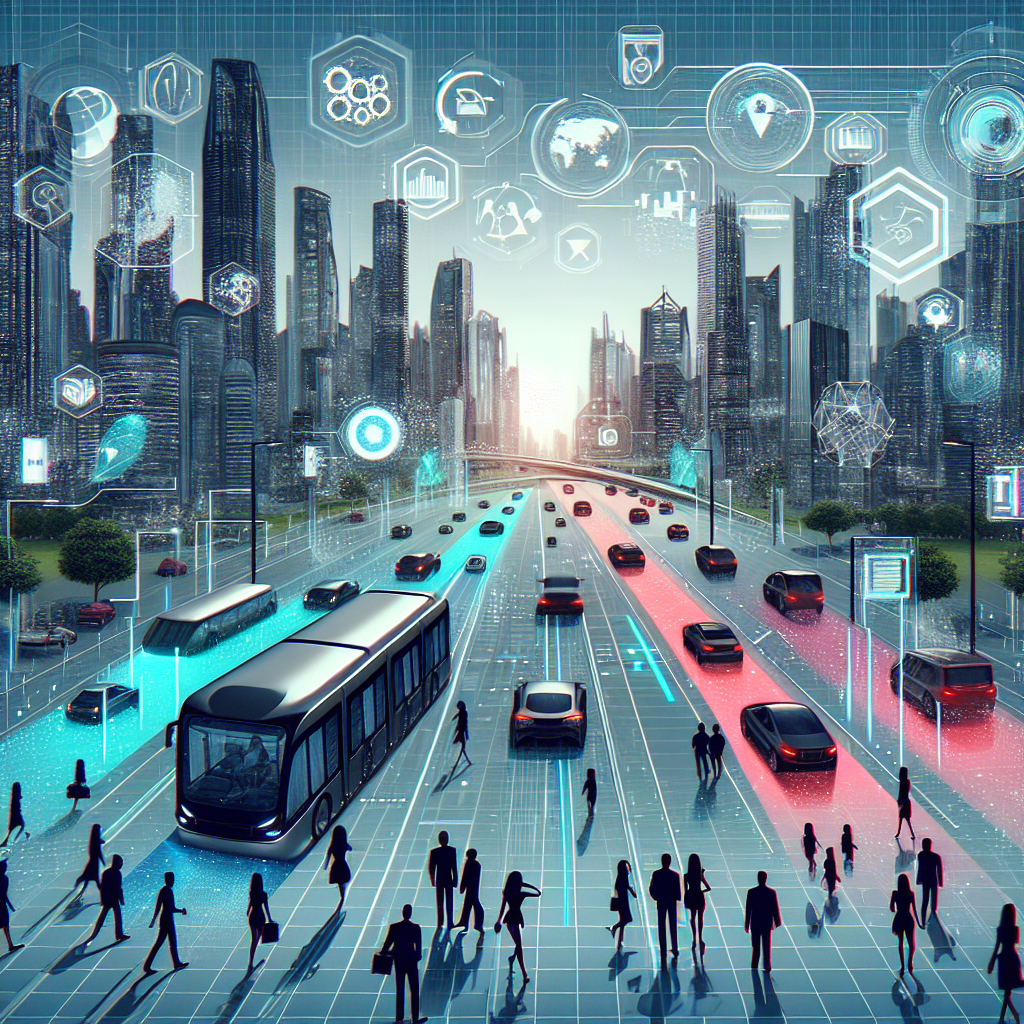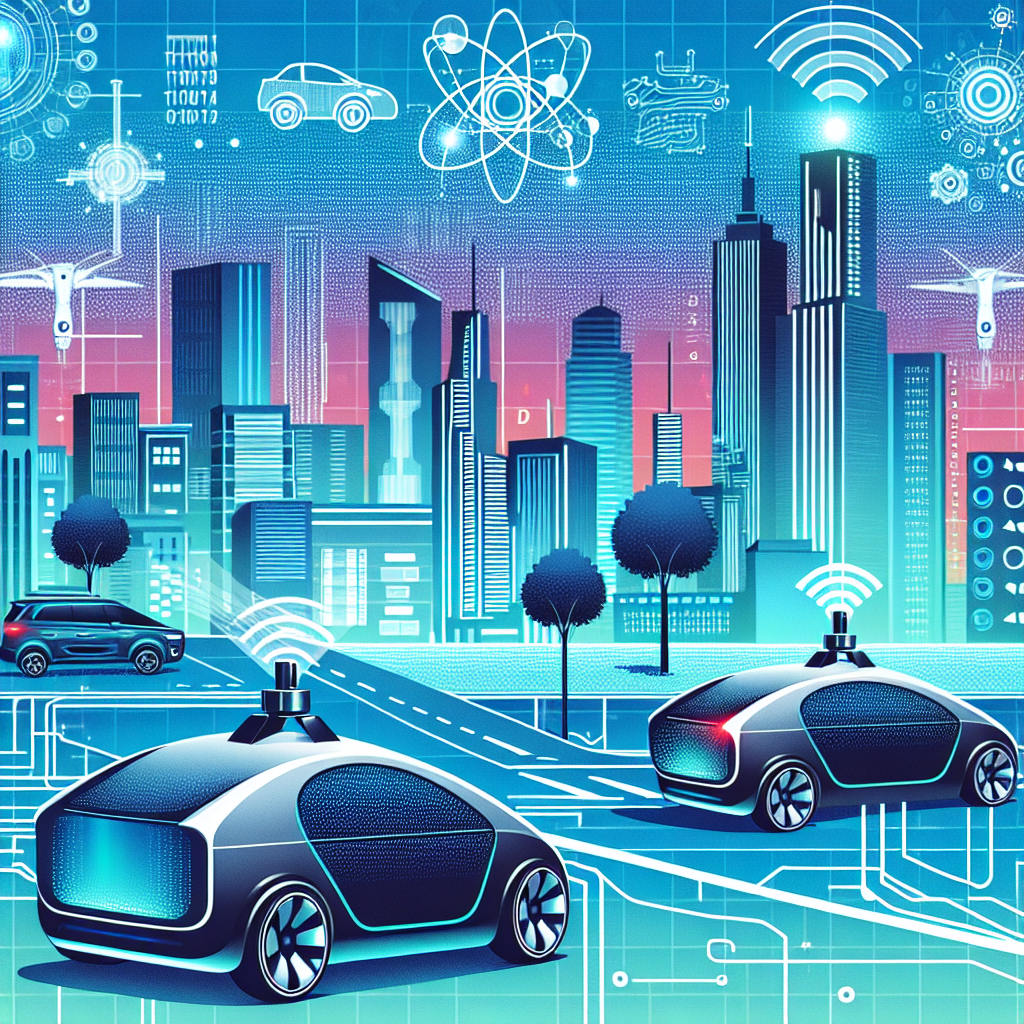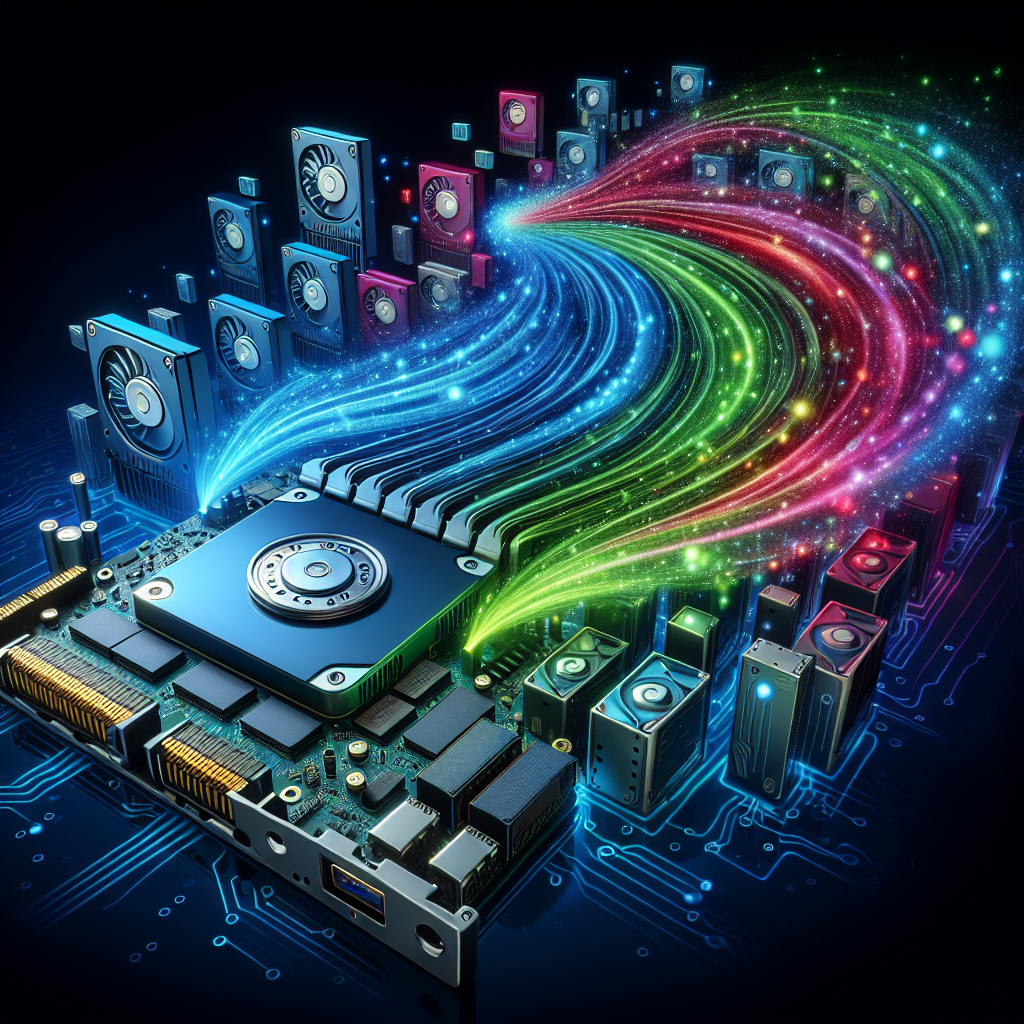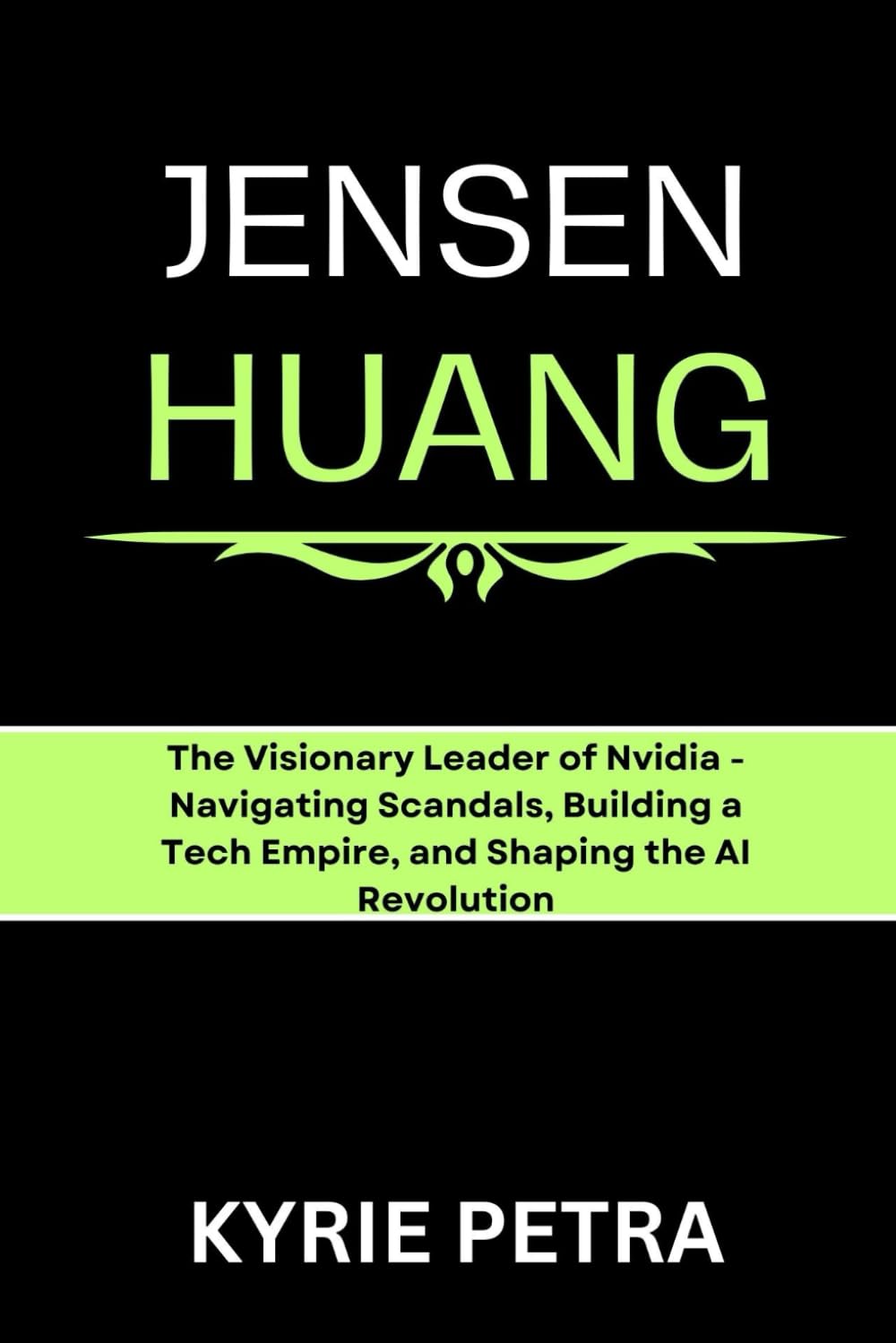High-performance computing (HPC) has come a long way since its inception, with advancements in technology driving progress at an unprecedented rate. One of the key players in shaping the future of HPC is NVIDIA, a leading provider of graphics processing units (GPUs) and artificial intelligence (AI) solutions.
NVIDIA’s involvement in HPC dates back to the early 2000s when the company introduced its Tesla line of GPUs specifically designed for scientific computing. These GPUs offered a significant performance boost over traditional central processing units (CPUs) and quickly gained traction in the HPC community.
As the demand for more powerful computing solutions grew, NVIDIA continued to innovate and develop new technologies to meet the needs of researchers, scientists, and engineers. In 2012, the company introduced the Tesla K20 GPU, which featured the Kepler architecture and provided a significant increase in performance for HPC workloads.
In recent years, NVIDIA has made significant strides in AI and machine learning, which have become key components of modern HPC systems. The company’s Tesla V100 GPU, based on the Volta architecture, has become the go-to choice for deep learning applications, offering unmatched performance and efficiency.
NVIDIA has also played a crucial role in the development of accelerated computing technologies, such as CUDA, which enables developers to harness the power of GPUs for a wide range of applications. The company’s CUDA platform has become a standard in the HPC industry, allowing researchers to achieve breakthroughs in fields such as astrophysics, genomics, and climate modeling.
Looking ahead, NVIDIA continues to push the boundaries of HPC with its latest offerings, such as the A100 GPU based on the Ampere architecture. This GPU delivers unprecedented levels of performance and scalability, making it ideal for complex HPC workloads and AI applications.
In conclusion, NVIDIA has been instrumental in driving the evolution of high-performance computing, providing researchers and scientists with the tools they need to tackle the most challenging problems. With its continued innovation and commitment to advancing technology, NVIDIA is poised to play a key role in shaping the future of HPC for years to come.
